Top Things to Know Before Buying Mid-Century Modern Landscaping
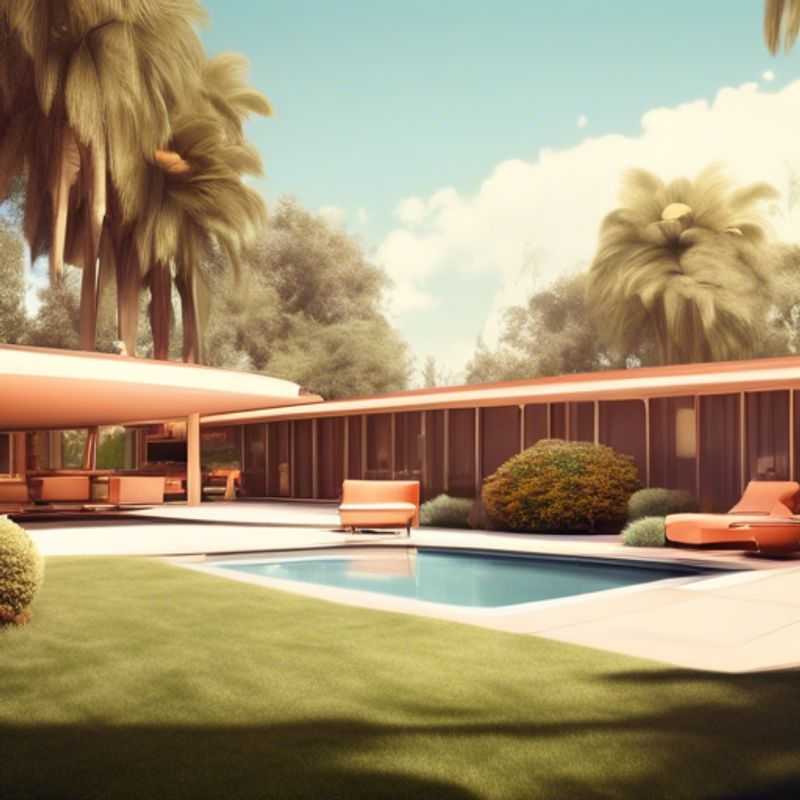
Mastering Mid-Century Modern Landscaping: 7 Essential Considerations
Ready to infuse your mid-century modern home with a touch of timeless elegance? Before you dive into landscaping, let's talk about the key things to keep in mind. It's not just about pretty plants; it's about creating a landscape that sings in harmony with your architecture.
First, understand the architectural style and design principles of mid-century modern landscaping. Think clean lines, geometric shapes, and a focus on simplicity. You want to avoid fussy details and create a sense of space and flow.
Next, research your local climate and soil conditions. This is crucial for choosing the right plants that will thrive. Opt for drought-tolerant species and consider the amount of sunlight your yard receives.
Scale and proportions are essential.
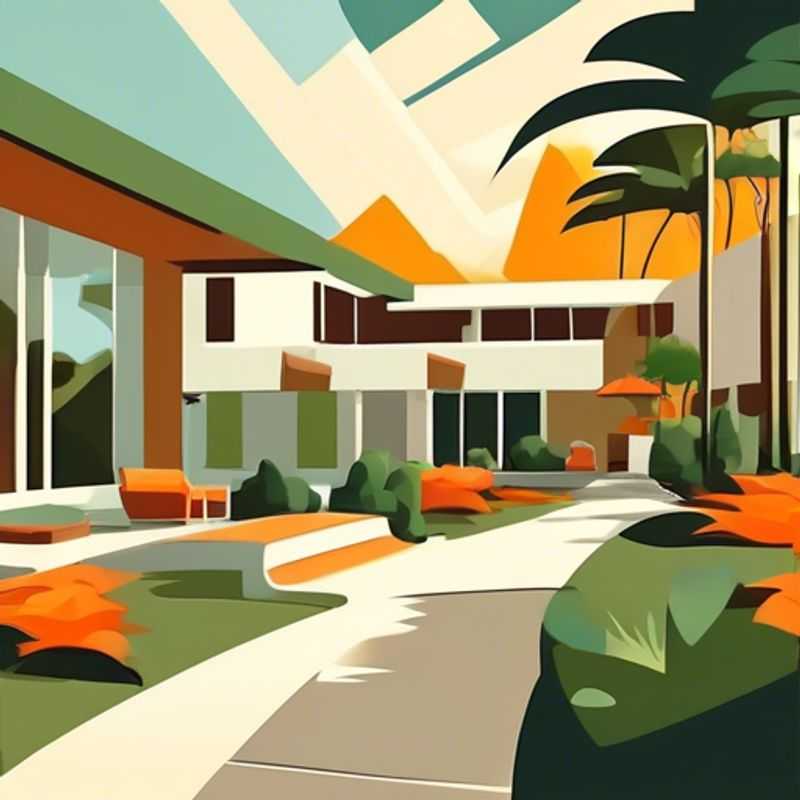
Mid-Century Modern Landscaping: Understanding the Style and Design Principles
Mid-century modern landscaping, a popular style that emerged in the mid-20th century, is characterized by its clean lines, geometric shapes, and emphasis on natural materials. This approach embraces simplicity and functionality, reflecting the modernist architectural movement of the time.
Key Design Principles:
Geometric Forms: Think squares, circles, and rectangles. These shapes create a sense of order and structure, a hallmark of mid-century modern design.
Natural Materials: Wood, stone, and water are prevalent. These materials are both visually appealing and durable, adding a touch of rustic elegance.
Open Layout: Mid-century modern landscapes are often open and airy, inviting views and maximizing the connection between the home and the surrounding nature.
Common Features:
Terraces and Decks: These elevated platforms create distinct zones and allow for seamless transitions between the indoor and outdoor spaces.
Ponds and Water Features: Water elements add a sense of tranquility and movement, creating a focal point and enhancing the overall ambiance.
Minimalist Plantings: Select low-maintenance, drought-tolerant plants, such as succulents, grasses, and hardy shrubs, to maintain a clean and uncluttered look.
Sculptural Elements: Incorporate abstract sculptures or contemporary art installations to add visual interest and enhance the modern aesthetic.
Cost Considerations:
Mid-century modern landscaping can range in cost depending on the scale of the project, material selection, and labor costs. For example, building a large deck or installing a pond can be significant expenses. It's essential to obtain professional estimates to understand the potential costs involved.
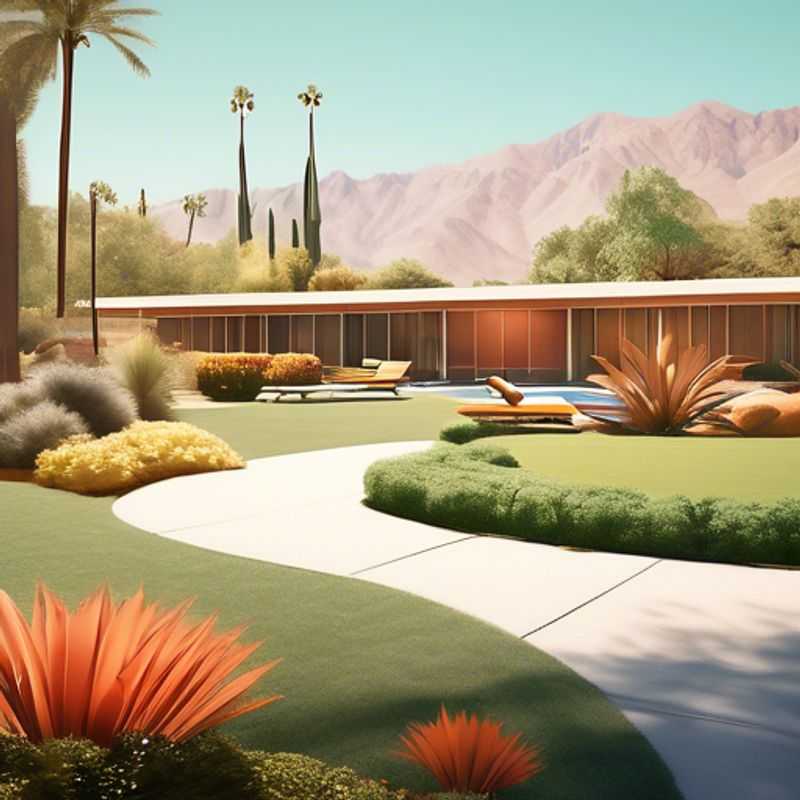
Match Your Plants to Your Place: Researching Local Climate and Soil for Success
Before you even think about planting, it's crucial to understand the local climate and soil conditions in your area. This is the foundation for a thriving garden and saves you time and frustration in the long run.
Climate is a big factor. Look into the average temperatures, rainfall, and amount of sunlight your area gets. Does it get really hot in the summer? Are winters harsh with freezing temperatures? Knowing this helps you select plants that can withstand these conditions.
Soil is the other crucial component. The composition and pH of your soil affect how well plants can grow. Some plants prefer acidic soil, others like it alkaline. A simple soil test can provide valuable information on your soil type, and you might need to amend it with compost or other materials to make it suitable for your desired plants.
By understanding the climate and soil conditions, you can choose plants that will thrive, saving you from replacing plants that weren't suited to your area. This also minimizes the need for constant care and intervention, making your gardening experience much more enjoyable.
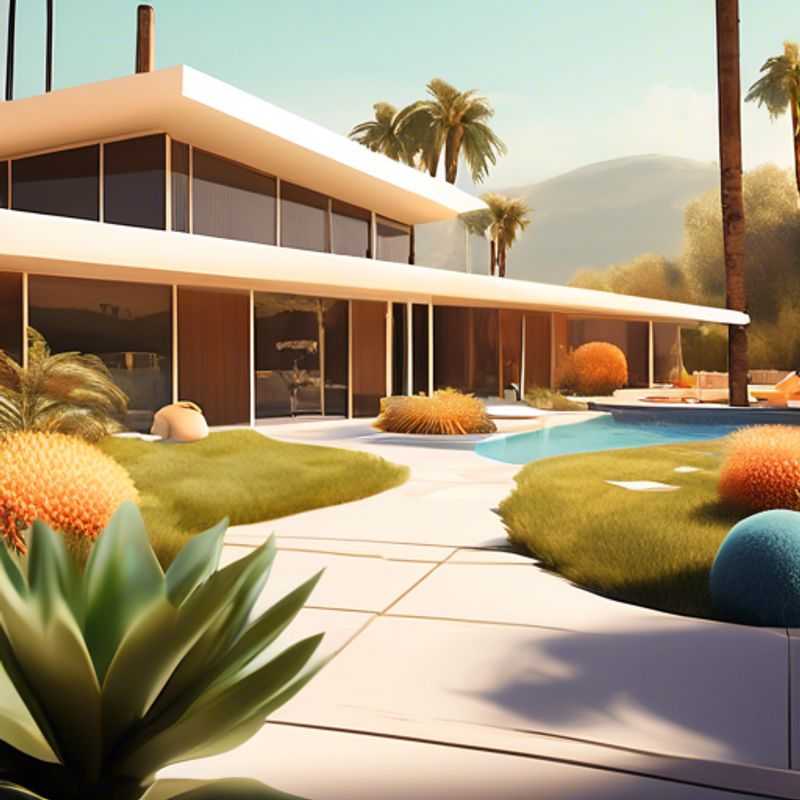
Mastering Scale and Proportion: The Key to Landscape Design Harmony
When considering the scale and proportions of landscape elements, it's essential to ensure that all components harmonize with one another and their surroundings. This involves evaluating the size, shape, and spatial relationships of trees, shrubs, pathways, and structures within the landscape. Proper scaling can enhance the visual appeal and functionality of outdoor spaces.
Key factors to consider include the height and width of plants in relation to nearby structures, as well as the overall layout of the landscape. For instance, taller trees should be placed strategically to avoid overshadowing smaller plants while maintaining aesthetic balance. Similarly, pathways should be designed to complement the scale of the surrounding elements.
When planning a landscape, it is crucial to account for any paid activities that may arise, such as hiring a landscape architect or purchasing specific plants. Additionally, costs associated with soil preparation, irrigation systems, and maintenance should be factored into the budget. These expenditures can significantly impact the overall success of the project.
In summary, understanding the scale and proportions of landscape elements is vital for creating harmonious and functional outdoor spaces. By considering these elements carefully and planning for potential costs, you can ensure a successful landscape design.
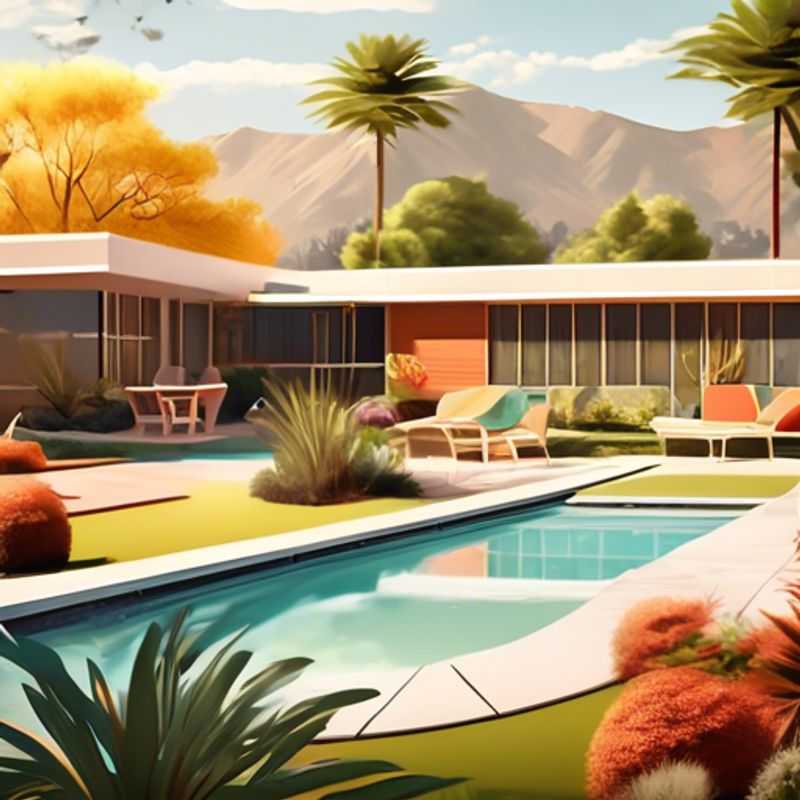
Bring the Outdoors In: Incorporating Natural Materials for a Serene Space
Incorporating natural materials like stone, wood, and water features can dramatically enhance your home's aesthetics and overall well-being. Stone, renowned for its durability and timeless appeal, adds a touch of sophistication and grounding to any space. Whether it's a stone fireplace, accent walls, or flooring, its natural variations create a unique visual interest.
Wood, another timeless material, brings warmth, texture, and a sense of nature indoors. From wooden beams and floors to cabinetry and furniture, wood adds a touch of rustic charm and elevates the overall ambiance. Water features, such as fountains or ponds, introduce a calming element, creating a soothing and relaxing atmosphere. The gentle sound of flowing water can reduce stress and improve focus, promoting a sense of tranquility.
When incorporating natural materials, consider your budget and the scope of the project. Stone, while durable, can be expensive, especially for larger projects. Wood, depending on the type and finish, offers a wider range of price points. Water features, especially larger ones, require professional installation and ongoing maintenance, adding to the overall cost.
However, the benefits of incorporating natural materials far outweigh the costs. Not only do they enhance aesthetics and well-being, but they also increase the value of your home. Natural materials are eco-friendly and sustainable, contributing to a healthier and more environmentally conscious living space.
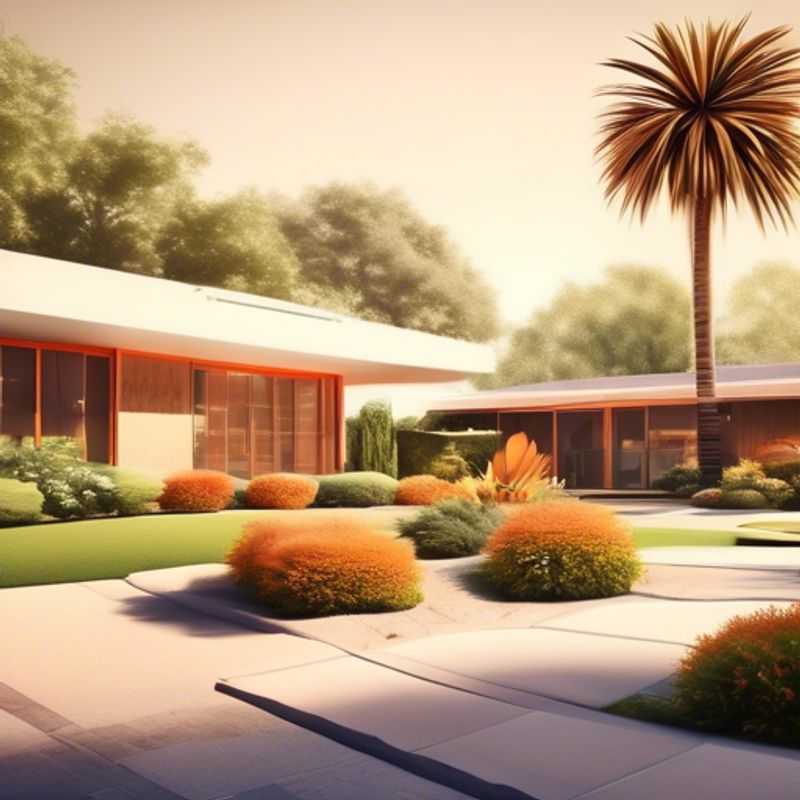
Drought-Tolerant and Low-Maintenance Landscaping: Your Guide to a Beautiful and Easy Garden
Saving water and effort is a key focus in today's world, and choosing the right plants for your garden can make a huge difference. Prioritizing low-maintenance and drought-tolerant plants is a winning strategy for a sustainable and beautiful landscape. These plants require less watering, fertilizing, and upkeep, ultimately saving you time and resources. Let's delve into the benefits of embracing these hardy species.
Low-maintenance plants are a boon for busy schedules. They often have natural pest and disease resistance, meaning you'll spend less time battling unwanted critters or fungal issues. This also translates to less reliance on chemical treatments, making your garden more eco-friendly. Drought-tolerant varieties are champions at adapting to arid conditions, thriving even during periods of limited rainfall. This is particularly valuable in areas experiencing water scarcity. These plants are usually native to dry regions, equipped with features like deep root systems for accessing groundwater, thick leaves for reducing water loss, and waxy coatings to prevent evaporation.
Choosing the right plants for your climate is crucial. Research the species that are well-suited to your region's rainfall patterns and temperature fluctuations. Local nurseries and garden centers are excellent resources for finding out which plants are most successful in your area. While low-maintenance doesn't equate to completely hands-off, it does involve a shift in your approach to gardening. Instead of constant upkeep, you'll focus on providing the optimal conditions for your plants to thrive on their own. This includes proper soil preparation, adequate drainage, and occasional trimming to maintain their shape. But the time and effort you save compared to traditional gardening will be substantial.
Remember, sustainable practices are often about making small, intentional changes. By incorporating low-maintenance and drought-tolerant plants into your garden, you're not only creating a beautiful space but also contributing to a healthier environment. Let's celebrate the beauty and resilience of nature while keeping our gardens vibrant and sustainable!
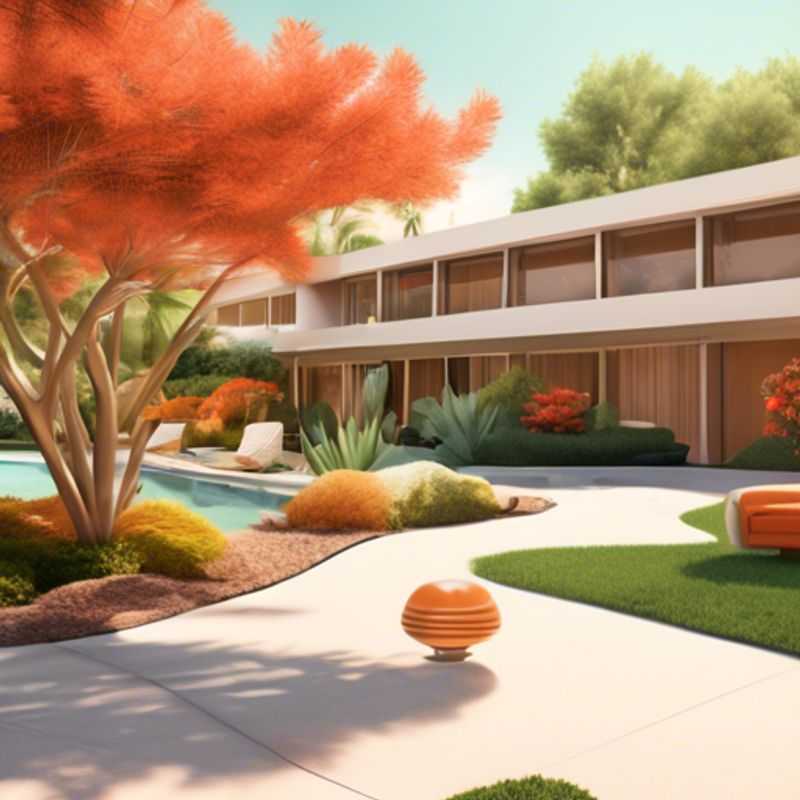
Hardscaping vs. Softscaping: Striking the Perfect Balance for Your Outdoor Oasis
Creating a balanced landscape involves a delicate dance between hardscaping and softscaping. Hardscaping refers to the non-living elements of your outdoor space, such as patios, walkways, walls, and water features. Softscaping, on the other hand, encompasses the living components, including plants, trees, shrubs, and flowers. Achieving harmony between these two elements is crucial for a visually appealing and functional landscape.
One key principle for balance is to consider the scale of each element. A large hardscape feature, like a spacious patio, should be softened by a generous amount of greenery. Conversely, a small hardscape element, such as a stepping-stone path, can be balanced by a few strategically placed shrubs or flowering plants. This approach ensures that neither element overpowers the other.
Another important factor is to consider the flow of movement within the landscape. Hardscaping can guide the eye and foot traffic through a space, creating defined pathways and areas for relaxation. Softscaping can then be used to create visual interest and add a sense of softness and privacy. For example, a winding walkway made of stone can be complemented by hedges or flowering plants along the sides.
The choice of materials for hardscaping can also play a significant role in achieving balance. Natural materials, such as stone and wood, tend to blend seamlessly with softscaping, while more modern materials like concrete or metal can be more jarring. The use of color can also contribute to balance. Warmer colors, such as browns and yellows, are often associated with softscaping, while cooler colors, such as grays and blues, are more commonly used in hardscaping.
The maintenance of a balanced landscape is an ongoing process. It requires regular pruning, weeding, and watering of plants, as well as occasional cleaning and repairs of hardscaping elements. While a balanced landscape can be a significant investment, it can also provide years of enjoyment and increase the value of your property. When planning your landscape, it's a good idea to consult with a professional who can provide expert advice on the best ways to achieve balance between hardscaping and softscaping, ensuring your vision comes to life.
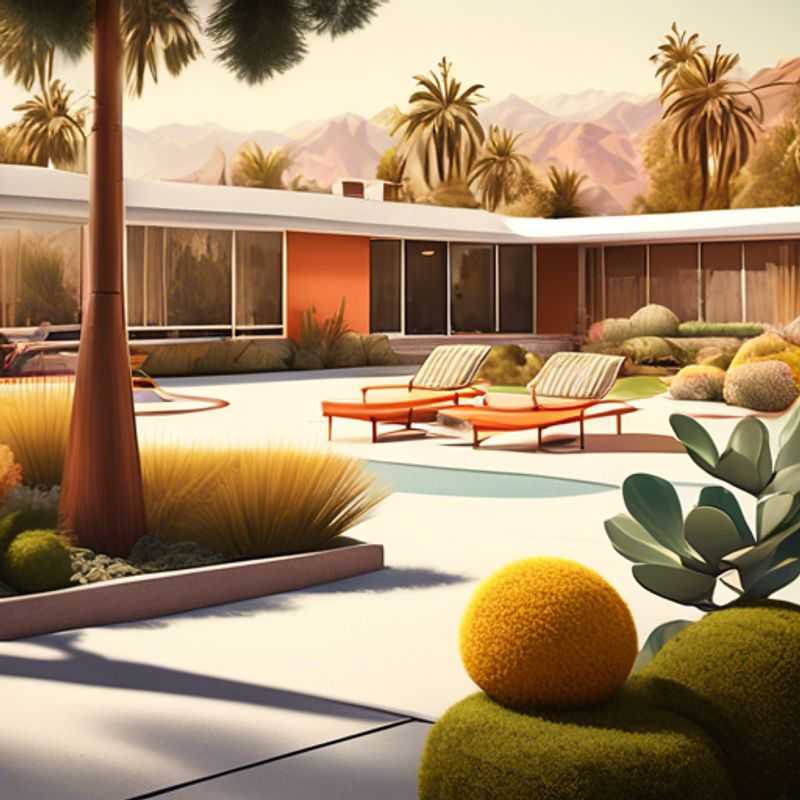
Landscaping for Modernity: Designing Harmony with Mid-Century Architecture
When designing a landscape to complement mid-century modern architecture, you want to evoke a sense of simplicity, functionality, and connection with nature. Think clean lines, geometric shapes, and natural materials. Consider these key elements:
1. **Geometric Forms:** Use geometric shapes, such as circles, squares, and rectangles, for walkways, patios, and planting beds. This creates a sense of order and structure.
2. **Minimalist Planting:** Mid-century modern design favors simplicity. Choose a limited palette of plants with clean lines and textures. Thinkofgrasses,shrubs,andtreeswithboldfoliageoruniqueforms.
3. **Materials:** Opt for natural materials like stone, wood, and concrete. Usethesematerialsintheirrawformforarusticlookortreatthemforamorerefinedaesthetic.
4. **Water Features:** A small water feature, like a fountain or pond, can enhance the sense of tranquility. Keepitsimpleandgeometricindesign.
5. **Lighting:** Use low-voltage lighting to highlight architectural features, pathways, and key plant specimens. Chooselightswithcleanlinesandminimaldetails.
6. **Sustainability:** Mid-century modern design often emphasizes sustainability. Consider using drought-tolerant plants and incorporating water conservation features into your design.
By incorporating these elements, you can create a landscape that harmoniously complements the clean lines and modern aesthetic of your mid-century home. Remember to consider your budget and the amount of maintenance you are willing to commit to when selecting plants and materials.
